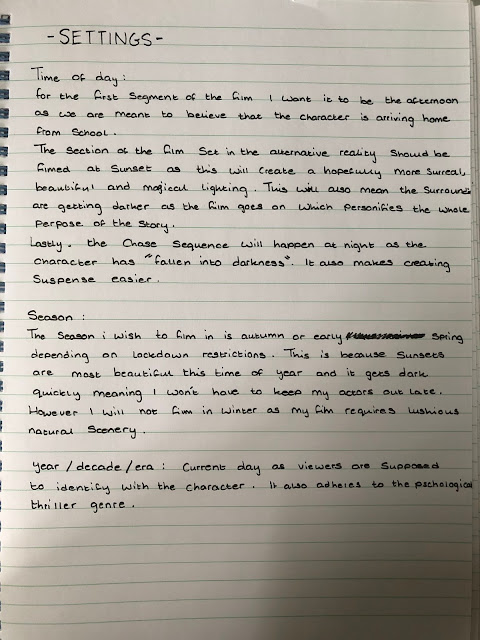Todorov's Theory of Narrative Development
Todorov's Narrative Theory
Todorov's theory is the every film has a beginning middle and end; and each section is split up into subsections: the equilibrium, the disruption, the recognition, the attempt at resolution, the resolution and the new equilibruim. This applies to almost every linear film.
Linear: In order- beginning middle end.
This is a video explaining the theory of narrative development in a little more detail.
It is useful as it applies it to some real films which is what I am going to do now.
WARNING
The upcoming example contains spoilers for the recently released film IT CHAPTER 2.
If you had not watched it yet, stop scrolling, turn off your computer, go to the cinema and watch it. (you won't regret it).
Narrative Theory: IT Chapter 2:
1. Equilibrium All the characters are living their seperate
(All as it should be, establishment of lives. Married/ successful/ dream jobs.
characters, location) Everything seems as it should be.
2. Disruption Pennywise starts killing again, shot of
(Something happens to upset the norm) him eating a man on a riverbank.
Confirmation that he has returned.
3. Realisation Mike goes to the crime scene and finds a
(Recognition of the problem and what is red balloon as well as a message from
required to solve it) pennywise written in blood.
4. Attempts to resolve
(attempts to complete quest/challenge
restore equilibruim)

Comments
Post a Comment